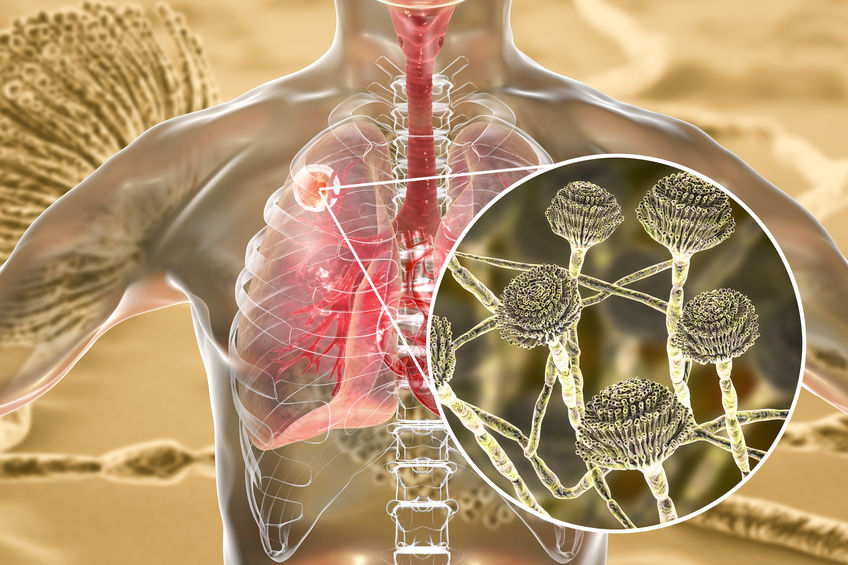 Besides being unpleasant to look at, any amount of mold exposure is not safe for you and your pets. Mold itself is not dangerous but it releases toxic substances in form of spores that circulate in the air. When these spores encounter the skin or other parts of your body, this is referred to as mold exposure.
Besides being unpleasant to look at, any amount of mold exposure is not safe for you and your pets. Mold itself is not dangerous but it releases toxic substances in form of spores that circulate in the air. When these spores encounter the skin or other parts of your body, this is referred to as mold exposure.
The degree of mold exposure is definite and is different in distinct individuals, depending on their sensitivity to allergens. Allergic people are more at risk of being harmed by mold exposure than those who are not allergic. However, non-allergic people can also become allergic due to prolonged mold exposure. This article examines the levels of mold exposure that may be harmful to your health.
Mold Exposure and Its Effects
Mold is a type of a fungus that grows in humid and warm environments. It mostly grows in areas that are deprived of proper sunlight and air circulation. Examples of these areas are along bathroom walls, kitchen floors and other places with moisture from leaking pipes. Mold reproduces by means of spores that are released into the air.
The spores can remain dormant if the favorable conditions do not exist in that particular area. As a result, the mold also remains dormant and almost turns black, what is usually known as black mold. In this state, the spores are not actively growing. They return to their active growth when there are favorable conditions. In this dormant state, the mold and the spores are not harmful to your health. At this stage, the only problem with the mold is being unsightly and the damaging effects it causes on the structures on which it is attached. However, it is still important to get rid of it because when there are favorable conditions, the mold will negatively affect your health.
Different Levels of Mold Exposure
- Mild exposure
In this level, the effects of mold exposure are not that serious. Mild exposure mainly occurs when non-allergic people are exposed to little amounts of mold. Individuals can be exposed when they are weeding their backyard, working in the kitchen gardens, or doing other activities that might cause exposure. Mold that causes mild exposure could be growing on wooden materials, walls, and other structures or even in moist areas below leaking taps. For sensitive individuals, mold exposure can cause stiffness in the nose, irritable eyes, sneezing, skin irritation, coughing and sometimes wheezing.
- Severe Exposure
Severe exposure happens when an allergic or an individual sensitive to mold comes into constant contact with mold for a long period. In the year 2004, the Institute of Medicine (IOM) found enough evidence to link indoor mold exposure to respiratory problems within the upper tract system in people who are allergic and sensitive to mold. Such problems include coughing, wheezing, and other allergic reactions.
Healthy children were also found to develop shortness of breath and respiratory illnesses and asthma in susceptible people when exposed to damp indoor environments. However, there was no substantial evidence to link mold exposure with adverse effects such as acute idiopathic pulmonary hemorrhage among infants, memory loss, or lethargy.
Other studies have found a potential link of mold exposure to development of asthma in children who are more likely prone to genetic asthma. Studies also show that eliminating housing conditions can reduce asthma and respiratory allergies. Therefore, they recommend more in-depth studies done to substantiate these findings. Effects of mold exposure can go from mild to severe depending on one person to the other. It is severe in infants, children, and people who have a low immunity to diseases.
Mold growth can be overcome by improving air circulation in your house, using domestic chemicals like vinegar, alcohol and hydrogen peroxide, dehumidifying the house and repairing leaking pipes.
The danger of mold exposure differs from one person to the next. It depends on your immune system, because the lower the immunity, the more susceptible you are to mold exposure. People with low immunity to diseases tend to be allergic. They are thus more affected by mold exposure, compared to people who are not allergic. On the other hand, people that have a higher immunity to diseases tend to less allergic. As a result, they are least affected by mold exposure. However, this does not mean that healthy people do not get affected; they can even develop allergies that they did not have before. It is therefore advisable not to ignore mold presence in your home because this could make you sick.
